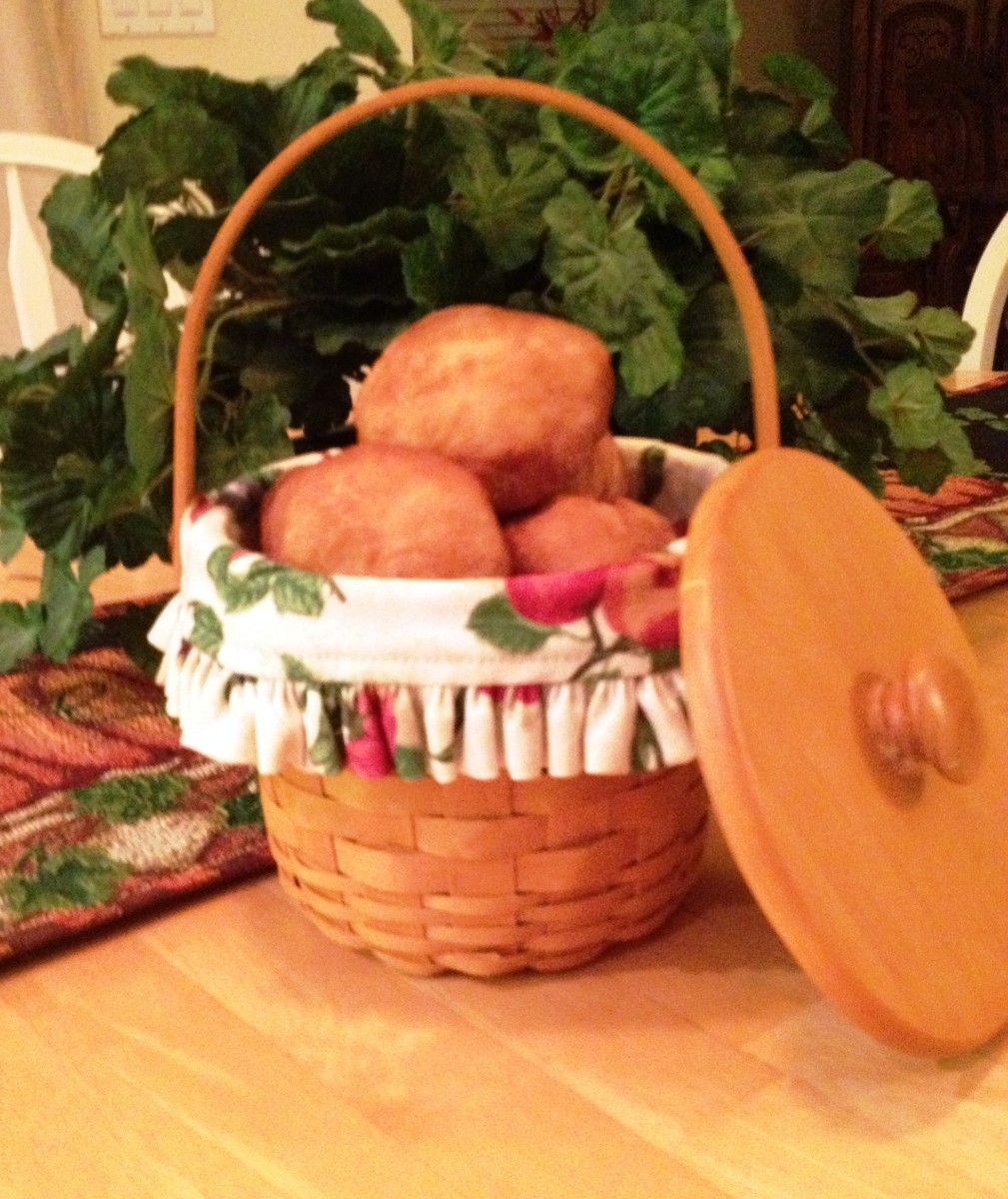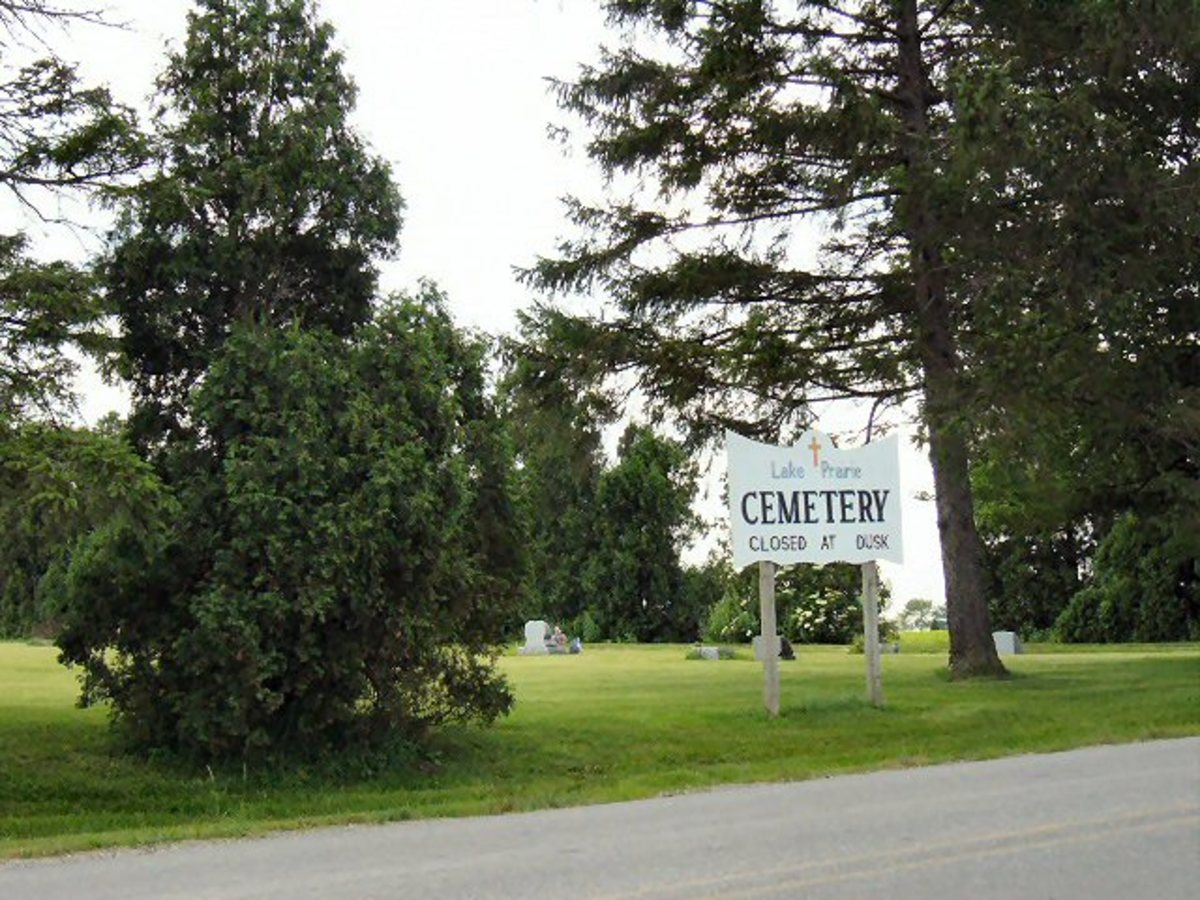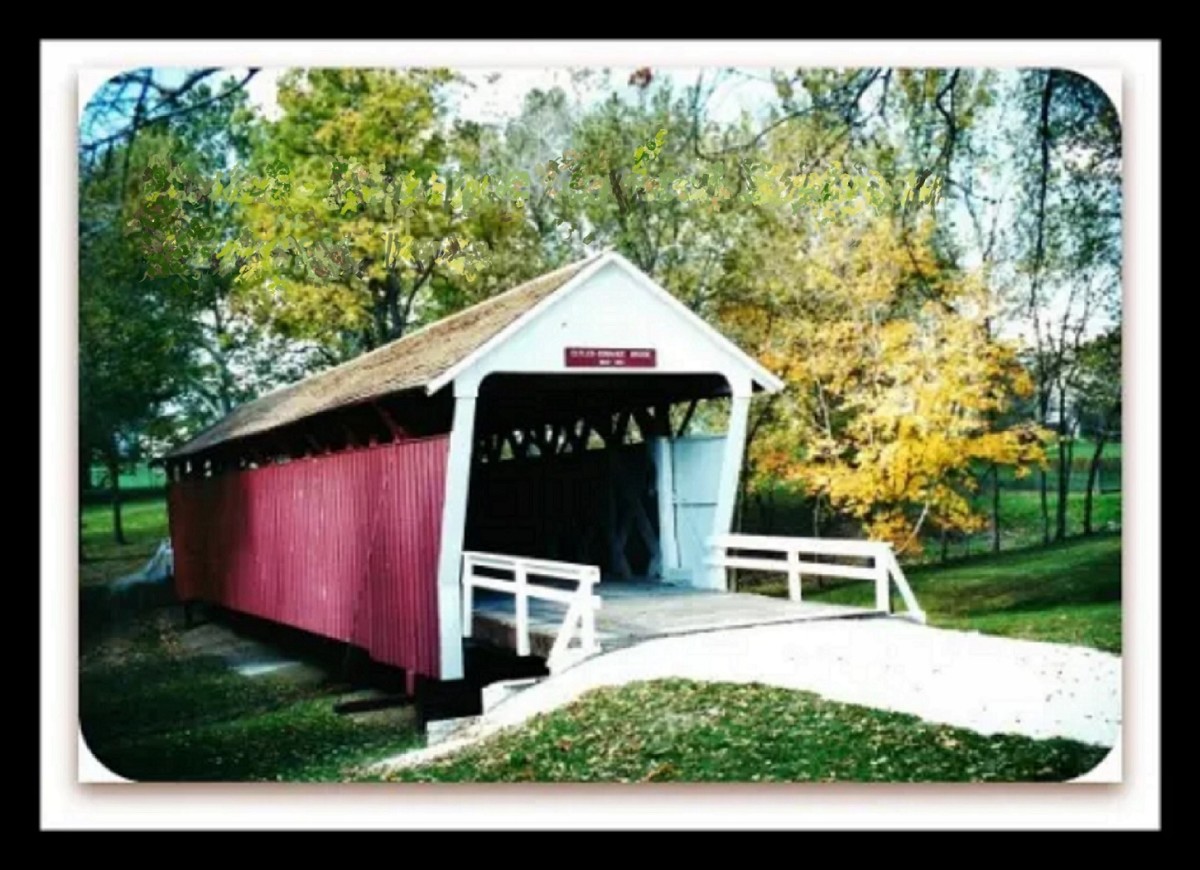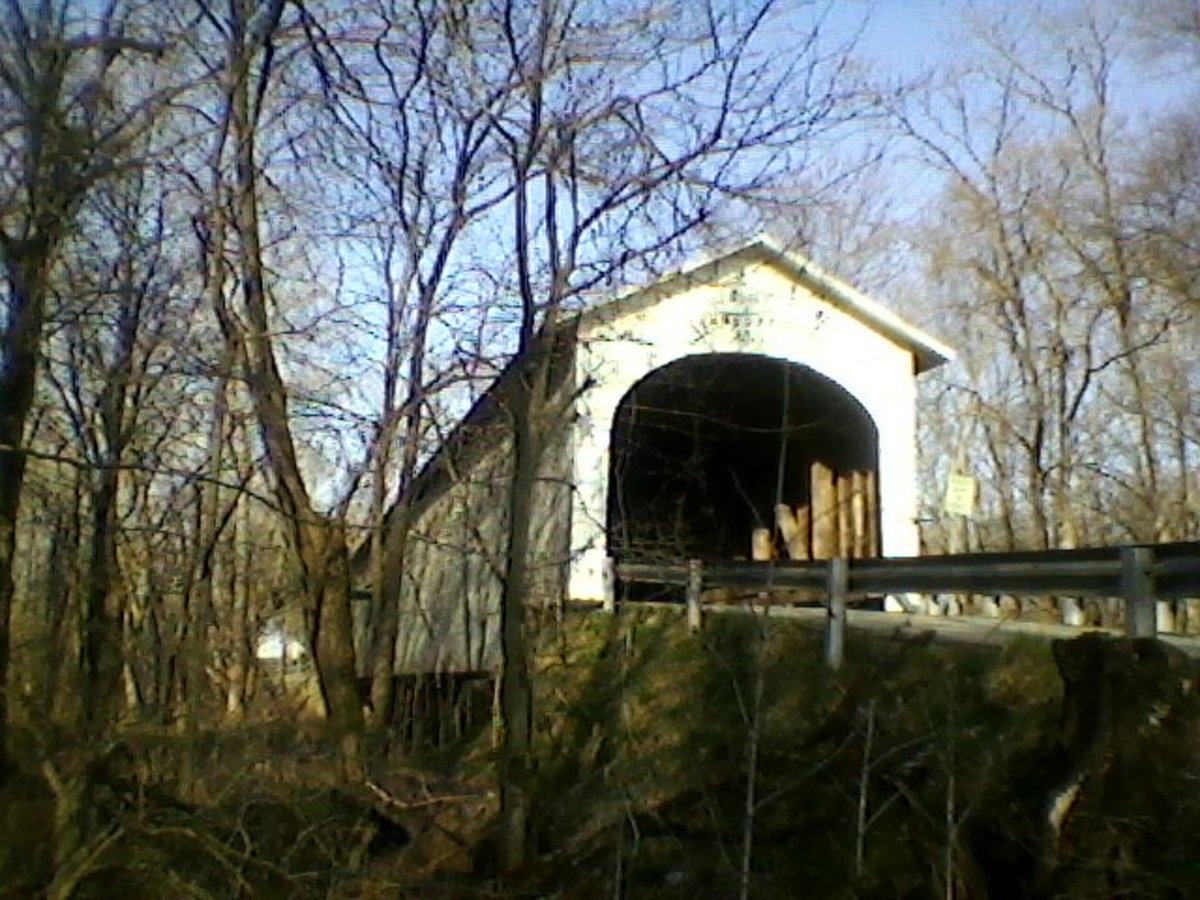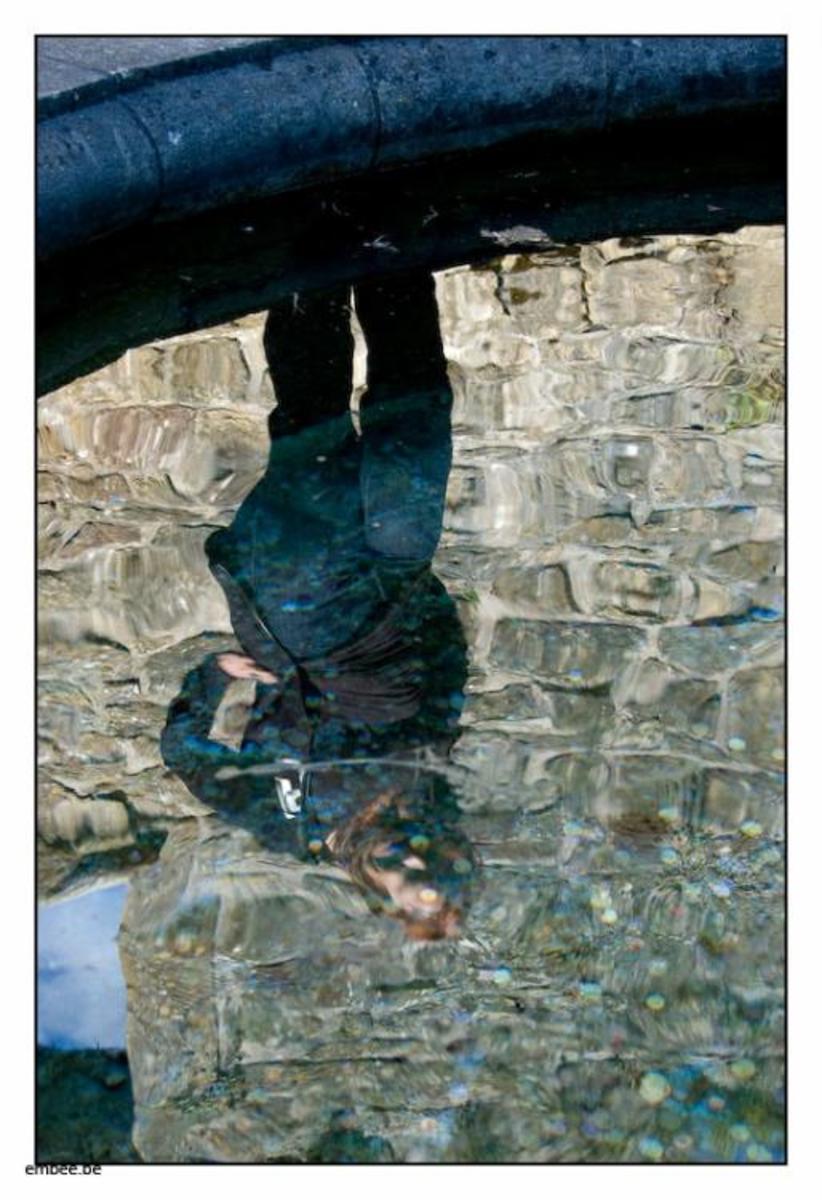Weston Wagons West - Ep D7 - Wash Kinnick Family moved to Iowa from Indiana
Weddings were followed by babies in the natural order of things

The Kinnick family members were early pioneers in Taylor County Iowa
Young Wash (as he was known, rather than his given name, George Washington, Jr.) Kinnick, his wife, Sarah Melissa, and their two young daughters were among the first dozen families to settle in Nodaway Township, in the far northwest corner of Taylor County, in southwestern Iowa. He was just 28 and she was just 19 that summer of 1854 when they arrived with a three-year-old daughter, Martha, and a one-year-old daughter, Mahala, full of energy to take on a new life on the frontier (of the time). They had followed the well-established “Mormon Trail” across southern Iowa to reach their destination from their prior home in south-central Indiana. Though the trail was well worn, most travelers had kept going west, and it was only in recent years that folks had been stopping off to settle the recently surveyed counties across western Iowa. Their location was 20-30 south of the path of the Mormon Trail leading to Glenwood and Council Bluffs further west and northwest.
Among the neighbors and friends who had accompanied the group was Frank Weston, just turned 24, still single, with a string of his Morgan Horses along with his farrier and blacksmithing tools. The northwest corner of Nodaway Township in Taylor County was the point where Montgomery (NW), Adams (NE), Taylor (SE), and Page (SW) Counties came together. Taking his time to get to know his new territory, Frank Weston soon learned of a small settlement, referred to as The Folks, located between the Middle and West Nodaway Rivers in the very southeastern corner of Montgomery County. It was just up river a few miles from where Wash Kinnick and his family had chosen their farm in Nodaway Township in Taylor County. He soon reached agreement with one of the settlers there to acquire a 20-acre parcel with the right mix of woods, pasture, and farmland to meet his blacksmithing and horse-raising and training needs. Frank’s parcel was to the southeast of the main settlement, very near the corner of the four counties.
Frank soon became acquainted with most of the folks in The Folks settlement to his northwest and nearby surrounding territory. He picked up enough work, and trade, to move ahead with establishing his own little homestead with a small cabin, shop, and lean-to shed for the horses in inclement weather. In addition, he made a point of making a trip, every couple of weeks, into northwest Nodaway Township to visit customers that had accompanied him on the trip from Indiana. Before long, he also realized that a secondary, perhaps primary, reason for his regular visits was a young lady named Octavia Detmore that he had met on the trip to Iowa. She lived with her family just a mile south of the Wash Kinnick family. At 19, she was the same age as Sarah Melissa, but had no children, never had been married, but loved to visit the Kinnick farm to help with the girls. Before winter arrived, but after Frank had his cabin built, they decided to go ahead and get married right around the end of November of 1854.
Horses were important to each of our families
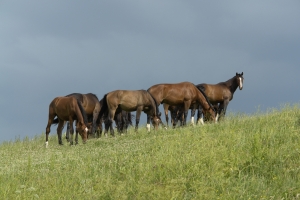
The families and the communities grew as the years passed by
By May of 1856, Octavia gave birth to their first son. Frank and Octavia named him Taylor, after the county of their destination from Indiana (even though their home was now in Montgomery County, a couple of miles from Taylor County). In June of 1857, Wash and Sarah Melissa Kinnick had a girl. They named her Hannah E. (for Elizabeth), but always called her Hannah, with an H. Another sister, Cloe, joined them in the spring of 1858. There were now four sisters in the family.
Later in 1858, D.N. Smith of the Chicago, Burlington and Qunicy (C.B.&Q.) Railroad, laid out the first plat of a new town that incorporated much of the former The Folks settlement. He named the town Villisca, which he said meant “pretty place,” or “pleasant view,’ in the language of the area’s original Native American inhabitants. Frank and Octavia’s residence fell just to the southeast of the town plat. As the community grew, it became the trading center for the surrounding four corners area.
A fifth daughter was born to Wash and Sarah Melissa Kinnick in November of 1860. She was named Edith Clarissa. However, unlike the other four, she was not healthy, from the start, and she passed away in August of 1862. This was also a difficult time for the nation, as Civil War broke out in the spring of 1861, and showed no signs of ending soon. Many young men, and some not so young, volunteered to join the war effort. Neither Wash Kinnick nor Frank Weston left their new home, farm and young family to fight. They did what they could on the local front, but let others provide military service.
Baby boys were welcomed to each household

Kinnick sons arrived to the Wash Kinnick family and others
George Washington Kinnick (the third, in the beginning) was born in June of 1863. Two years later, when news was received of the death of Wash’s father, the youngster became George, Junior. Following the end of the Civil War in 1865, another son, John Harvey Kinnick, became the second son in the family. Another daughter, Sarah G., was born in September of 1868. Before the end of December of 1868, she had died. A year later, in December of 1869, the family was blessed with a third son, named Dennis Solomand Kinnick. Later in life, he changed the Dennis to a middle initial D., and went by either Saul or Solomand.
Happiness was followed by sadness in 1870. Their oldest daughter now 19, Martha, married and moved away from the neighborhood. In late November of 1870, Sarah Melissa simply gave out, and died. She was buried near her three infant daughters who had gone before her in the North Grove Cemetery, near the small village of Hepburn, in Page County, a few miles to the southwest of the Wash Kinnick family farm. Wash was left with Mahala, 17, Hannah E., 13, Cloe, 12, G.W., 7, John H., 4, and young Dennis S., 2 (as shown on the 1870 census earlier in the year).
Meanwhile, Frank and Octavia had added a daughter, Cecile, in 1861, and a second son, Bernard, born in Mar of 1865. First son, Taylor, 14 in May of 1870, had completed his initial farrier apprenticeship and was embarking on his advanced farrier and blacksmithing apprenticeship. Also, he had earned the traditional Weston family 2 mares on his 14th birthday. Frank had added an additional 60 adjoining acres as they became available to him for extra timber, farm and pasture land.
Historical note by the author
All members of the Weston family are fictional, of course. All the Kinnicks and their relatives were historical figures, used here fictitiously. The relationships between the Kinnick and Weston families therefore were created fictionally for this series. Wash Kinnick was related to the author as second cousin, four generations removed. In The History of Taylor County, Iowa (1881), Wash is referenced as ‘Washington Kinerick’ but have no doubt that it is he. He lived in the vicinity for more than 30 years, it turned out.
Each of the relationships within which these historical figures appear in these episodes is totally consistent with known historical facts for each such person in the official records of North Carolina, Indiana and Iowa.
The author's historical perspective in this hub relied extensively on collaborative research done while compiling the 2003 KINNICK Genealogy Book Online … http://freepages.genealogy.rootsweb.ancestry.com/~kinnick/ This was an update and revision completed on the 50th anniversary of the 1953 publication of: "A Genealogical History of the Kinnick Family of America" by Mrs. Nettie Edna Kinnick Waggener (self-published).
This episode is the seventh in the Dx series following the Jeremiah Weston and the John and Ann Kinnick branches of the families.

